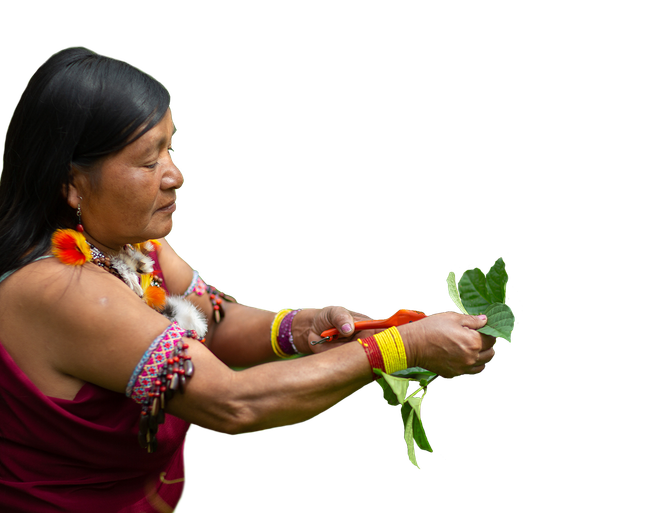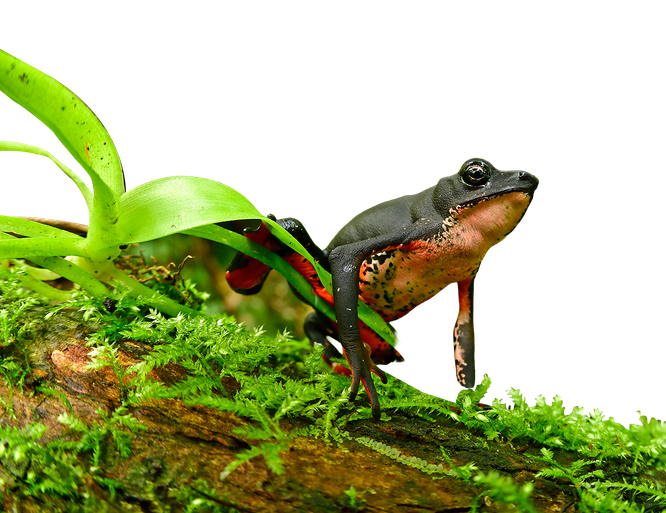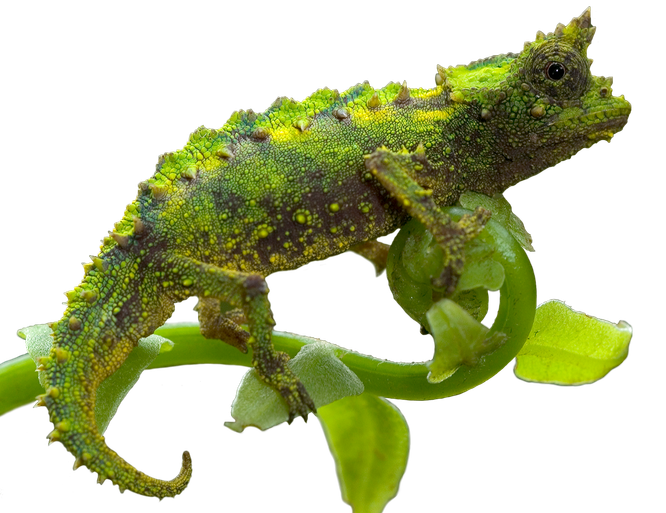
Where the Andes meet the Amazon, a great forest rises. The Alto Mayo landscape is a vibrant tapestry of life, stitched together by roaring rivers, geology and time.
In the Alto Mayo Protected Forest a canopy formed by palms and ancient hardwoods provides refuge for yellow-tailed woolly monkeys, spectacled bears and the fabled cock-of-the-rock. Peru's region, however, is far from untouched: It's home to large cities, expansive farms and 280,000 Peruvians. Conservation International has been active in Alto Mayo for 15 years, working with farmers and the Awajún people to halt deforestation in the area.
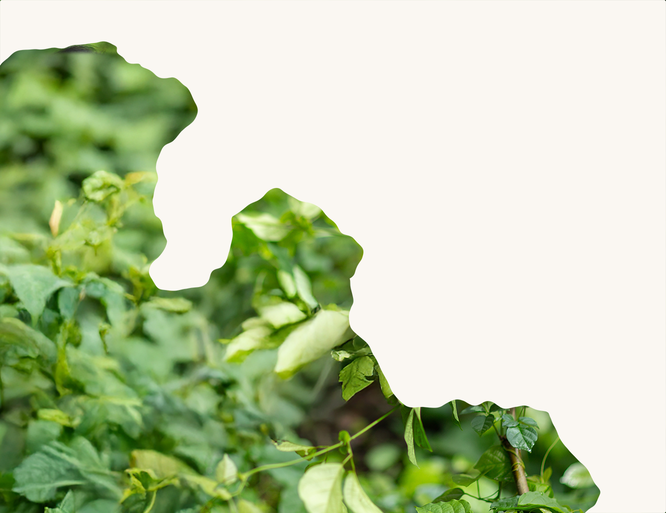
In 2022, a team of scientists, accompanied by Awajún guides, ventured into the wilderness for 38 days.
Despite large-scale conservation efforts in Alto Mayo, ecologists knew little about the extent of the biodiversity within the region's more heavily populated areas. The goal of their expedition: identify as many species as possible, then use the data to shape future projects. The Awajún showed the scientists how to traverse the terrain and shared knowledge gathered over generations. The scientists, in turn, deployed wildlife cameras, which capture movement; bio-acoustic sensors, which deconstruct the "song of the forest" to identify what animals are in the choir; and eDNA assays, which analyze the loose genetic material found in water to estimate nearby animal populations.
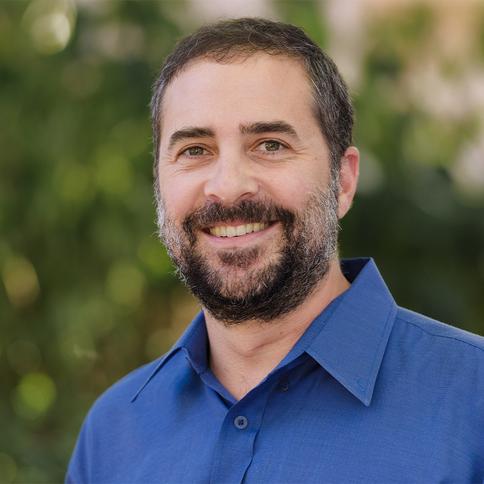
There are so many hidden species, and things about nature we don't understand — and many species that we may never discover before they disappear.
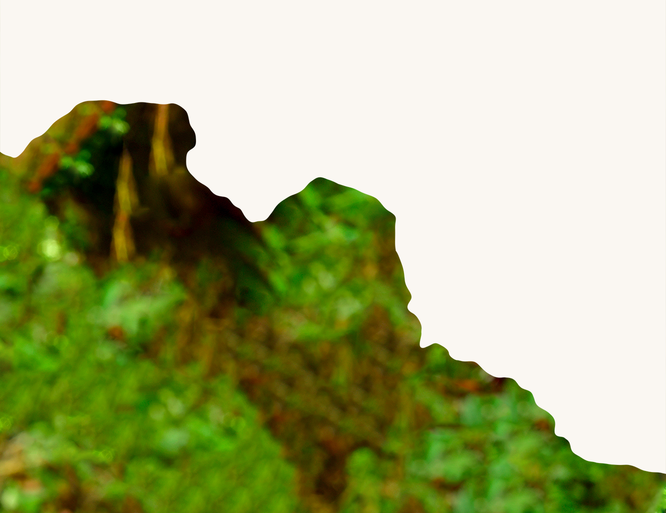
The findings were astonishing.
In a matter of weeks, the team found 2,000 species, including 49 on the brink of extinction and 27 that were completely new to science. Among the discoveries: a mouse with webbed feet that swims underwater to hunt for insects; a bronze-colored, tree-climbing salamander; and a slimy catfish with a blob-shaped head, a feature that confounds zoologists. Each of the newly identified species plays a unique role in the web of life — even the dung beetles, which help disperse seeds, recycle nutrients and keep parasites in check.
Even in places altered by humans, nature still holds secrets, still inspires wonder, still finds a way to persist.
Even in places altered by humans, nature still holds secrets, still inspires wonder, still finds a way to persist.
Our research will shape the future of conservation in Alto Mayo, helping leaders decide which areas to prioritize for protection and restoration, and which are well-suited for ecotourism, selective logging and agriculture. The findings also bolster the case for a migratory corridor between the protected areas, allowing wildlife to adapt and endure in the face of climate change and habitat loss. This is science in service of the future: awe-inspiring findings, leading toward actionable conclusions.
A Closer Look
Over 35 years, our Rapid Assessment Program has deployed to 25 countries and discovered more than 1,200 new species. Check out these clips from the field.
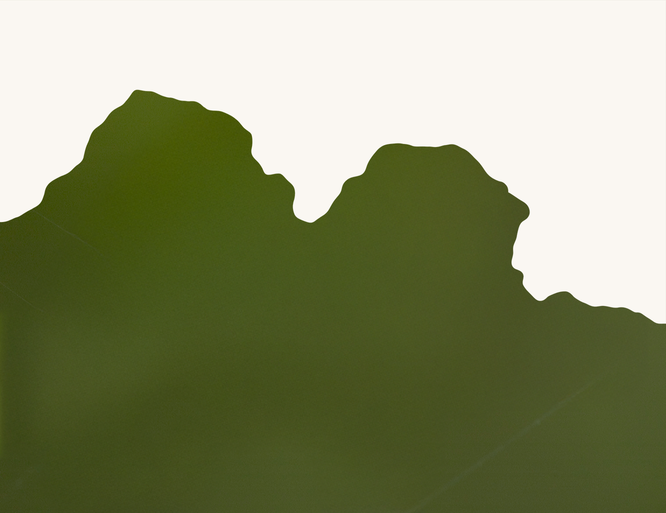
Sustaining Life on Earth
Conservation International protects and restores priceless ecosystems, while creating opportunity for all. Learn more about our plan for this decisive decade.
Be the First to Know
Join Our Community
We'd love to share more stories from the field, our latest scientific breakthroughs and other special messages from our team. By subscribing, you agree to our terms of service.
More Stories
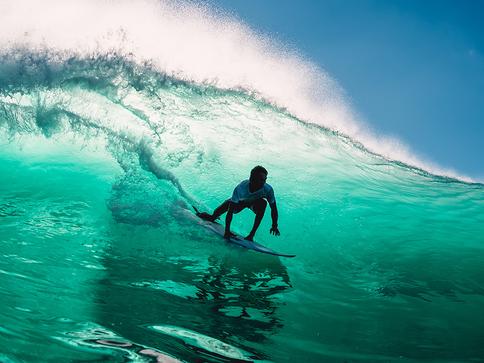
A wave of progress
Morotai Island is surrounded by one-of-a-kind marine habitats — but its reefs, resources and way of life are in jeopardy. Can local surfers help turn the tide?
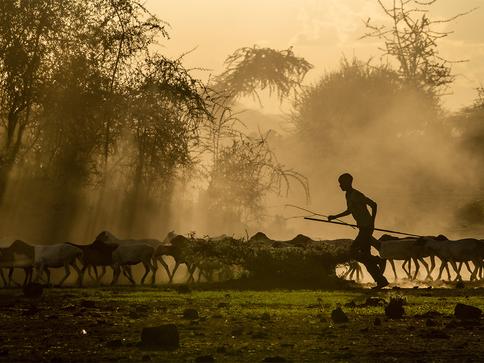
The air we share
A cloud forest sustains life throughout southern Kenya. Now, local communities are getting paid to maintain it.
